Search
Search Results
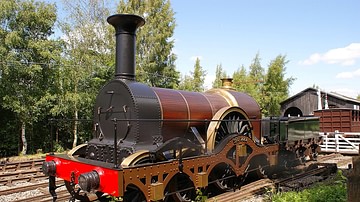
Article
The Railways in the British Industrial Revolution
The railways were perhaps the most visible element of the Industrial Revolution for many. Trains powered by steam engines carried goods and people faster than ever before and reached new destinations, connecting businesses to new markets...
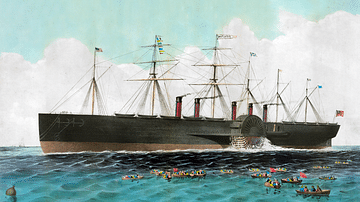
Definition
SS Great Eastern
The SS Great Eastern was a steam-powered ship designed by Isambard Kingdom Brunel (1806-1859) which sailed on its maiden voyage from Liverpool to New York in June 1860. At the time, it was by far the largest passenger ship ever built, a record...

Article
Coal Mining in the British Industrial Revolution
Coal mining boomed during the British Industrial Revolution as it provided fuel for steam engines of all kinds in factories, transport, and agriculture. Draining flooded mines to extract more coal was the reason the steam engine was invented...
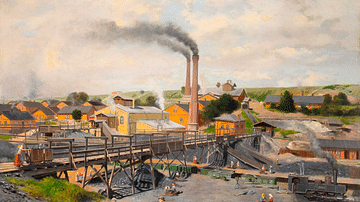
Article
The Impact of the British Industrial Revolution
The consequences of the British Industrial Revolution (1760-1840) were many, varied, and long-lasting. Working life in rural and urban settings was changed forever by the inventions of new machines, the spread of factories, and the decline...
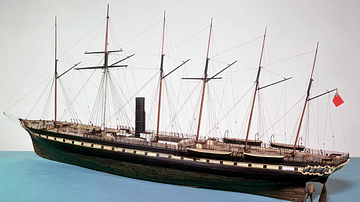
Definition
SS Great Britain
The SS Great Britain was a steam-powered ship designed by Isambard Kingdom Brunel (1806-1859) which sailed on its maiden voyage from Liverpool to New York in May 1845. It was the largest passenger ship in the world at the time and showed...
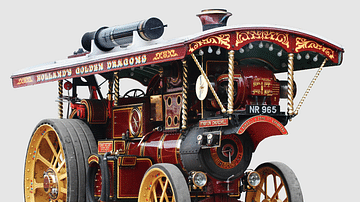
Image
British Showman's Engine
Showman engines were steam-powered machines that could be used anywhere. Many were used to power rides at fairgrounds. This example comes from England.
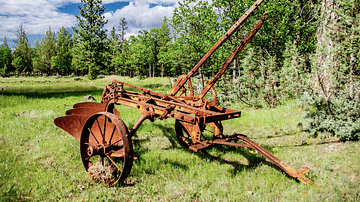
Article
Agriculture in the British Industrial Revolution
Agriculture, like most other areas of working life, was greatly affected by the machines invented during the Industrial Revolution. Agriculture in Britain and elsewhere had made leaps forward in the 18th century, and its success released...
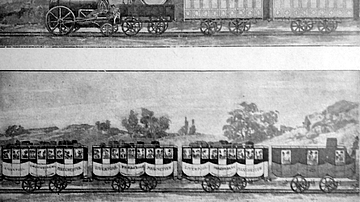
Image
Steam-Powered Passenger Train
An illustration of an early steam-powered passenger train in Britain during the Industrial Revolution. The first such line ran in 1825 from Stockton to Darlington in the northeast of England.

Image
Nasmyth's Steam Hammer
An 1871 oil painting of a steam hammer invented by the Scotsman James Nasmyth (1808-1890) in 1839 during the Industrial Revolution. The steam-powered machine lowered a weight onto an anvil using gears which allowed for both precision and...

Image
Diagram of a Nasmyth Steam Hammer
An 1854 diagram of the steam hammer invented by James Nasmyth (1808-1890) in 1839. The hammer used steam power to precision drop a weight which bent metal to specification. (From Cyclopædia of useful arts, mechanical and chemical, manufactures...